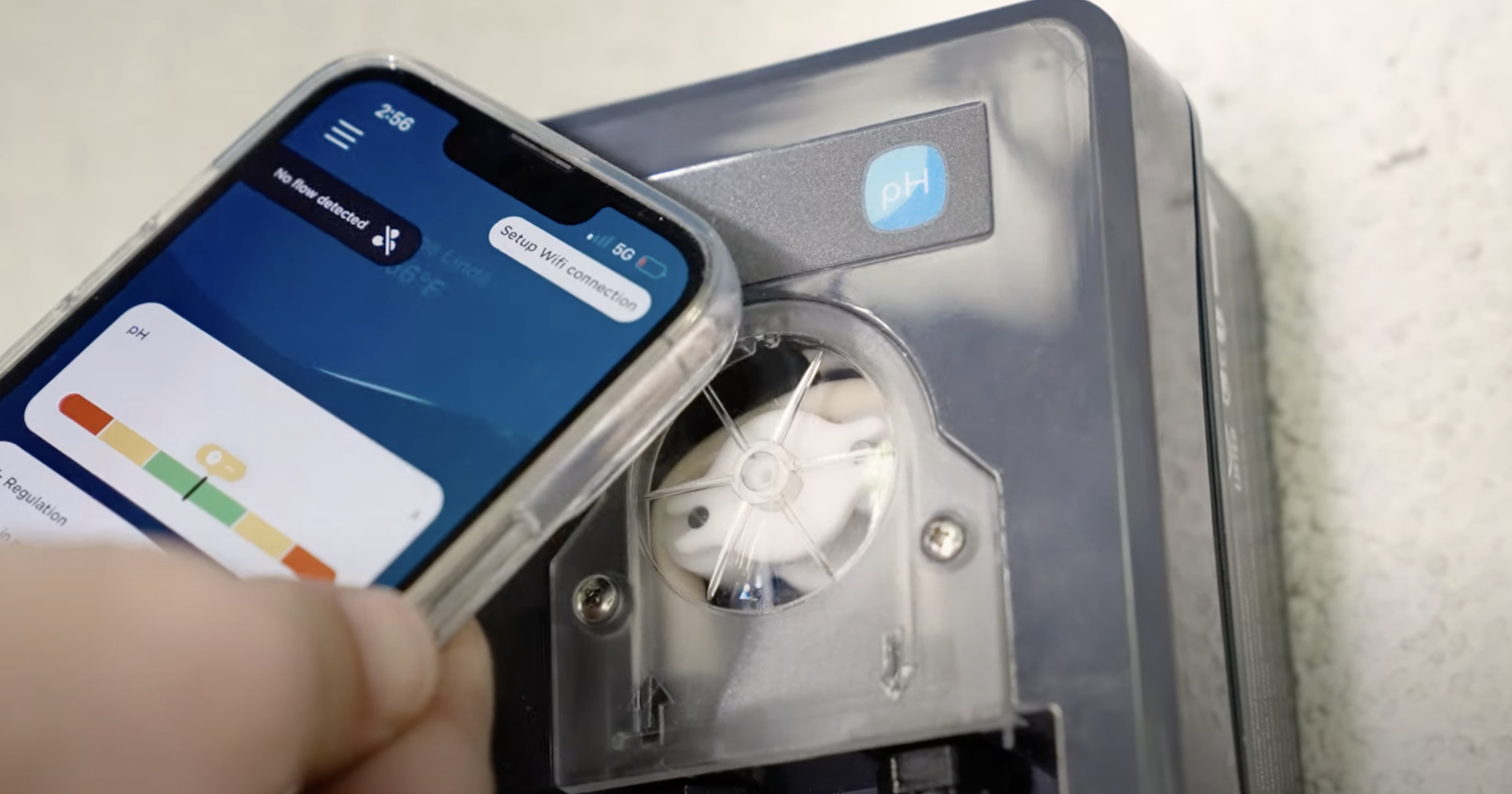MORE INFORMATION
• Caught Red-handed
A first-hand account of an equipment scam.
Al Mangin and his crew had been hard at work in the backyard of a vacant house for six months, draining and washing the pool, checking every valve and seal, and ensuring the system ran flawlessly.
In just a few days, the new owners would move in, and everything was ready.
“But when I went back the last week for a final service checkup, the pump was gone,” says the owner of Dependable Pool Service in Temecula, Calif. “So, I’m thinking, ‘This is odd.’”
Foreclosures are plentiful in some of Mangin’s route areas, so he had seen equipment theft before, but this was the first time a pump had been stolen straight off a project that was just a few days short of full renovation. Mangin acted quickly, and called the homeowner.
“I told them, ‘Well, I have a used pump in my garage, and I’ll put it in for cheap,’” he says. “But they said they’d rather just go with a new one so they could get a warranty.”
Unfortunately, as often tends to happen, suspicion had fallen on the pool guy. “[The homeowners] never said anything about it, but they didn’t hire me to put the new pump in, and they didn’t hire me for service,” Mangin says, “so that tells me all I need to know about who they suspected.”
Equipment theft has proven a tough problem to track. But in most areas where foreclosures and move-out rates are high, service technicians agree that it seems to be happening more frequently, especially over the past year.
“Out of every 15 service calls I make for Realtors, I’d say 11 of them have some sort of equipment missing or stolen,” says Bryan Chrissan, owner of Clear Valley Pool and Spa Service & Repair in Temecula, Calif. “In fact, on my last three bids to refurbish pools, all three had some piece missing. So that’s a 100 percent theft rate for the past two weeks, on jobs I bid on for Realtors.”
Anecdotally, equipment theft is most common in areas of the Southwest where the housing market was hit particularly hard and foreclosure rates are high.
Although it’s difficult to attach real numbers to the problem, through discussions with service techs it’s possible to get a sense of when, how, and to some degree, even why these thefts continue to occur.
Everything but the kitchen sink
The road to equipment theft often begins with a foreclosure. Tenants on the verge of eviction may grab any pricy-looking item they can carry, even if they need to remove it with a saw.
“Last May, I won a job in a high-end neighborhood where the equipment pad was completely bare, the pool had been drained, and even the pool and spa lights had been stolen,” Mangin says. The neighbors, who had never cared much for the former homeowner, told Mangin they’d caught the perpetrator on video loading up a moving van — not only with pool equipment, but with the home’s kitchen cabinets, interior doors and anything else he could carry.
“And the bank still wouldn’t pursue the guy for prosecution,” Mangin says, “because they figured the cost of replacing all the stolen parts would be about half the cost of taking this guy to court, not to mention that it would tie up the property throughout the process.”
Evicted thieves tend to fall into two categories. One is the homeowner in foreclosure who decides to take everything he can. Second is the renter who’s been faithfully writing checks to the homeowner, unaware that the mortgage isn’t being paid to the bank. When the renter is evicted, he decides to sabotage the property — sometimes just for spite.
“I’ve seen concrete poured down every pipe in a house,” Chrissan says. “That’s a renter getting back at the homeowner, thinking, ‘I paid you, now I’m going to get back at you.’”
Smash and grab
Disgruntled tenants and homeowners aren’t the only ones who steal pool equipment, though. Professional thieves — some of them clearly operating with industry expertise — are becoming more adept at targeting pools on vacant properties.
“You can generally tell if [the thief] was a pool guy,” Chrissan says. “I just came from a job where there was an empty foreclosed house, and all the equipment was there — but the board and the control board were missing on the heater. Only the two most expensive parts on the heater were stolen. So, tell me that wasn’t a pool guy, seriously.”
According to industry sources in Arizona, at least some equipment thefts have been conclusively tied to disreputable pool techs who were reselling the stolen goods online. “The biggest thing around here is vacuum thefts,” says Mike Ryno, owner of Blue Surf Pools in Scottsdale, Ariz. “A few rings of vacuum thieves have been busted around here, because they were selling the parts and vacuums on the Internet.”
In other cases, the precision of the theft’s technique leaves even less doubt about the culprit. Dustin Watters once checked in on a salt-chlorinated pool he’d been servicing, only to find that the salt unit had been
stolen. “Somebody had cut the salt cell out, taken the unit off the wall, and taken the float assembly out of the pool,” says the vice president of Watters Aquatech in Las Vegas. “But they left the pump and filter behind.”
Tracing the sources
Unsurprisingly, there is plenty of profit to be made on all this stolen equipment, much of which is purchased by real estate companies looking to get the pool up and running for the lowest possible price.
And when a real estate firm purchases one of these discount packages, it isn’t hard to figure out where the equipment originated.
“Look at all the serial numbers on the parts when the shipment arrives,” says Lance Sada, owner of A Clear Choice Pool and Spa Service in Sun City, Calif. “If they’re all within a few months of each other, it’s very likely that they all came from the same system originally.”
Once, Sada arrived on a site to set up an equipment pad from scratch, and discovered something surprising about the units the bank had purchased. “All the plumbing already lined up perfectly,” he says. “All it needed was some connectors. So that equipment had literally been stolen from, then resold to, the exact same property.”



